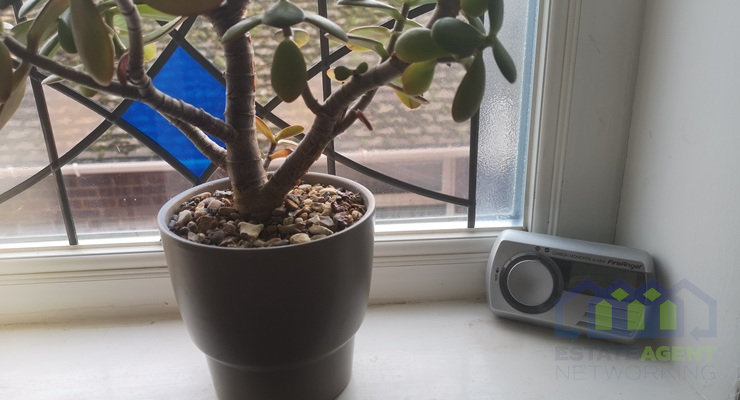Designing the Perfect Cast: A Guide to Fly Fishing Rod Selection
As the angling season rolls in, it’s another opportunity to hit the shores and try your luck at fishing.
According to professional anglers, two factors determine the success of any fishing expedition. They include perfect weather timing and having the right gear.
A fishing rod is arguably the most important angling accessory for fly fishermen. So, it’s unsurprising that dozens of companies manufacture these items.
This article will explore the top factors to consider when picking a rod for your next fly fishing trip.
1. Consider the Length
Most fly fishing rods are nine feet long, although some can be considerably longer or shorter.
The key thing to emphasize here is that numerous factors affect the ideal length of a fly rod. One such aspect is your height.
Shorter anglers are better off with equally shorter fly fishing rods. If you’re around five feet tall, you might consider a fly rod measuring eight feet six inches.
Matching fly fishing rods with your height improves the ease with which you can contact the fly line.
Longer fly rods improve the casting distance and absorb shock more effectively than shorter rods. However, very long fly rods provide less leverage when pulling heavy fish.
2. Measure the Rod’s Weight
Fly rods come in different weight ratings, from ultralight to heavy. Rods meant for ultralight applications are typically rated 0, while those intended for heavy fishing are rated 16.
The target prey primarily determines how heavy a fly fishing rod should be.
Consider rods rated 0 – 4 if you’re targeting smaller fish species like panfish. Comparatively, larger species like sailfish and marlin would require heavier rods rated 14
– 16. Note that a fly rod’s weight also translates to the power required to cast it. That may consequently affect the casting distance.
3. Measure the Line Weight Too
We cannot discuss a fly rod’s weight without referencing the weight of its corresponding line. Note that you’ll need to match the two sets of weights to enjoy a successful fishing experience.
The fly line weight is measured in grains, with the number in the unit corresponding to the weight of the fly rod.
For instance, the digit 6 in a WF6F suggests using the line with a 6-weight fly rod. The other designations in the unit are ‘WF’ for weight forward and ‘F’ for floating fly line.
Heavier fly lines provide more power and are suitable for catching heavier fish. On the other hand, lighter lines are ideal for stealth fishing and are generally effective for landing skittish fish.
4. Match the Rod and Line Weight with the Reel Weight
Now that you understand the interplay between the weights of a fly rod and a fly line, it’s important to also establish how the two aspects affect your reel weight.
This correlation is because fly fishing rods don’t work in isolation. Even the perfect rod may fail spectacularly if not matched with the right line or reel.
Fortunately, the relationship between the three metrics is rather straightforward:
Fly Reel Weight = Fly Rod Weight = Fly Line Weight
5. Test the Rod Action
The term “action,” with respect to fly fishing, refers to the average speed at which a fly rod recovers from flex.
Fly rods can be ‘fast action’ or ‘slow action,’ with each option having perks and drawbacks.
Fast-action rods are suitable for longer casting distances because they can retract fast. However, their fast reflex action requires considerable power to cast them properly.
Slow-action fly rods are ideal for young or inexperienced anglers since they don’t require a lot of muscle to cast. But the fact that these rods cast over shorter distances reduces your chances of nailing prey.
6. Check the Rod Construction
Most fly fishing rods were originally made from fiberglass. The material was preferred for its relative strength and aesthetic appeal.
However, after comparing fiberglass’s benefits and drawbacks, I realized that the material wasn’t durable in the long run. It was time for fly rod manufacturers to switch to alternative options.
Graphite is now the gold standard for fly rod construction. It is stronger and more durable than fiberglass and lighter, making it suitable for beginners and experienced anglers alike.
You may also encounter fly rods made from bamboo. However, despite being reasonably strong and sustainable, bamboo isn’t as durable as graphite. Avoid rods made from this material unless you’re a young beginner.
7. Determine the Number of Pieces
Fly fishing rods aren’t exactly bulky. That means you can bring several of them in your fishing luggage bag or car roof rack, especially if you’re going on a long fishing expedition.
It’s also exciting to know that most fly fishing rods are available in packages ranging from one piece to six pieces.
A 6-piece package would serve you better if you’re a frequent angler, while a 2-piece would suffice if you only hit the shores occasionally.
Ultimately, your budget will determine how many fly fishing rods you can afford.
Final Word
Adequate preparation is critical to the success of any fishing trip. A major part of the planning process involves putting the requisite gear in place. We hope you can rely on this article to select a suitable fishing rod the next time you’re planning a fly fishing expedition.









